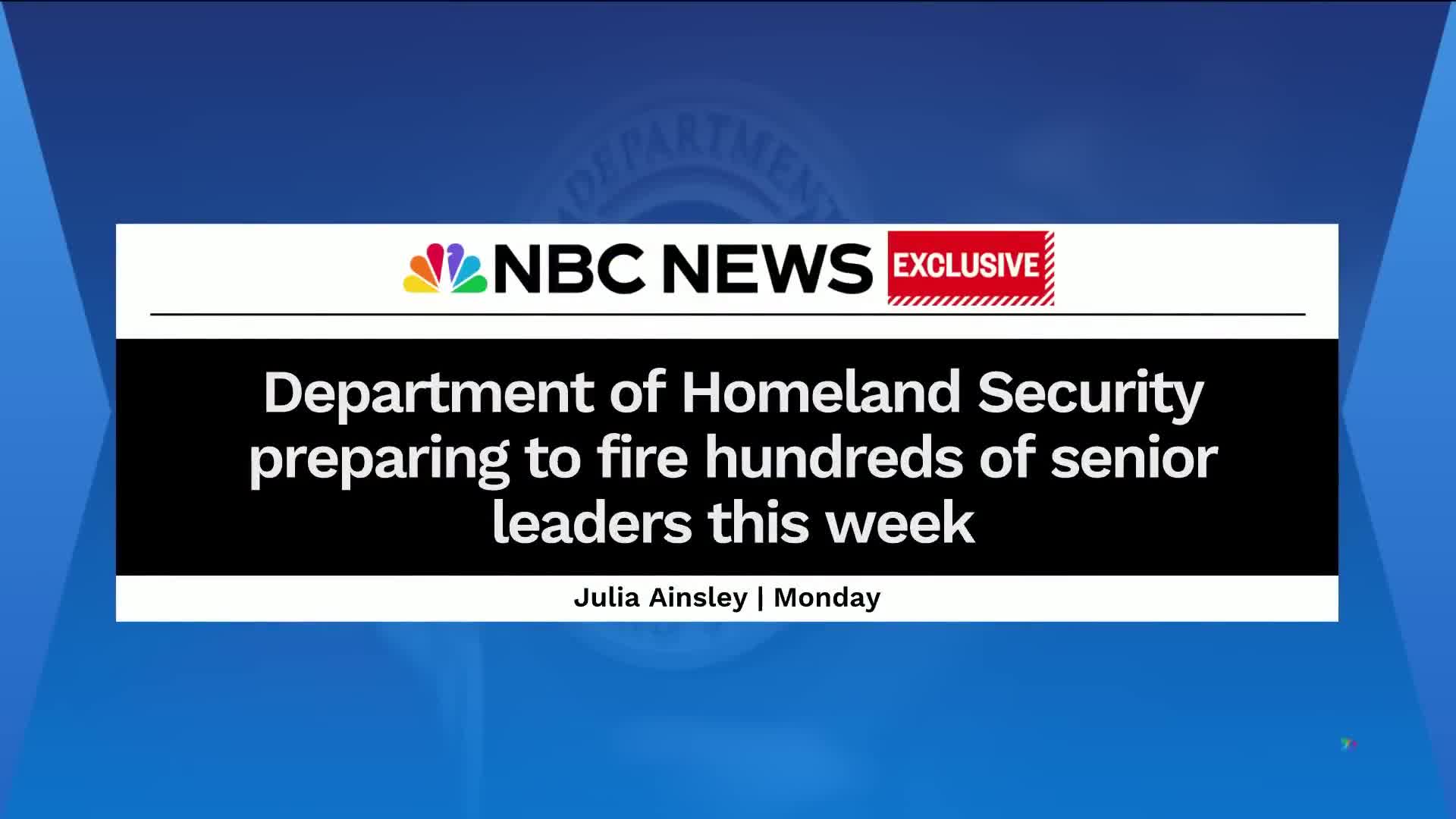Deportation Programs
Deportation programs in the United States encompass a complex framework of policies and procedures designed to enforce immigration laws and remove noncitizens who fail to comply. Key elements of these programs include **regular deportation**, which requires an order from an immigration judge; **expedited removal**, allowing certain individuals to be deported without a hearing; and **voluntary departure**, which permits immigrants to leave the U.S. before a formal removal order is issued. These various processes are critical to the efficiency of immigration enforcement, particularly as recent initiatives like **Project 2025** propose to eliminate court hearings for many deportation cases, raising concerns about due process and family separation. The relevance of deportation programs is underscored by recent trends highlighting the dramatic expansion of expedited removal and detainment strategies under administrations pushing for strict immigration control. For instance, reports indicate increasing funding allocations aimed at enhancing deportation operations and detainment capabilities, responding to an intensified focus on regulating undocumented immigration. The implications of these policies extend beyond mere adherence to immigration laws; they encompass significant legal and social ramifications for immigrants, including the potential erosion of rights for those facing removal. As discussions continue around the legality and morality of these policies, they remain a vital topic in understanding the broader landscape of U.S. immigration reform and enforcement. With a growing need for **deportation defense**, legal representation, and advocacy for equitable treatment of immigrants, understanding the intricacies of deportation programs is crucial for affected individuals, their families, and communities alike.
Under what circumstances can U.S. citizens lose their citizenship?
U.S. citizens can be stripped of their citizenship if they committed fraud during their naturalization process, not simply for committing a crime. During the first Trump administration, there was a significant increase in the denaturalization office within the federal government, suggesting a more aggressive approach to this issue. While both Trump and potential Secretary of State Marco Rubio have acknowledged legal difficulties in deporting U.S. citizens abroad, there are established legal pathways for citizenship revocation. This becomes particularly relevant when discussing individuals with gang affiliations, as many of these gangs originated in the United States before spreading elsewhere.
Watch clip answer (00:39m)How is President Bukele's maximum security prison in El Salvador designed to address gang leadership?
President Nayib Bukele's maximum security prison in El Salvador is designed specifically to contain gang leadership, housing approximately 20,000 high-ranking gang members. The facility is characterized by strict order, uniforms, and the removal of identity markers (except for the gang tattoos prisoners already have). This prison represents a source of pride for Bukele's administration and symbolizes the government's aggressive approach to cracking down on El Salvador's notorious gangs and organized crime. The structured environment and containment strategy aim to neutralize the leadership's ability to control gang operations throughout the country.
Watch clip answer (00:29m)What is the purpose behind the Trump administration's mass firings at the Department of Homeland Security?
The Trump administration is executing a centralized plan to fire hundreds of high-level employees across all DHS components, including ICE and CBP. The primary goal is to replace career officials with Trump loyalists who will implement the administration's policy priorities, particularly mass deportations. The firings target Senior Executive Service (SES) personnel who are deemed insufficiently loyal to Trump or haven't actively demonstrated support for his agenda. This loyalty assessment looks at whether officials appear fully on board with administration policies or might have leaked information to media. The strategy prioritizes short-term disruption for long-term control by installing people who will make decisions aligned with Trump's immigration enforcement vision.
Watch clip answer (02:52m)Why is the Trump administration firing hundreds of senior-level employees from the Department of Homeland Security?
The Trump administration is firing hundreds of DHS senior employees because they see them as obstacles to their immigration agenda. According to Ainsley, these employees are viewed as non-compliant with the administration's objectives. The Trump team has created a centralized list of people they want to remove across all DHS agencies, with plans to replace them with individuals deemed more loyal. Though this creates short-term operational challenges, especially when DHS is already stretched thin, the administration views this as 'short term pain for long term gain' in advancing its immigration enforcement priorities.
Watch clip answer (03:06m)How are some Trump voters feeling just one month into his presidency?
According to Rachel Maddow's reporting from The Wall Street Journal, some Trump voters are expressing regret and horror about their electoral choice just one month into the administration. Stacey White, who voted for Trump hoping for lower prices and reduced fentanyl trafficking, now fears her family might lose their home due to expected federal layoffs that could affect her partner's government job. The consequences extend beyond personal financial concerns. At White's workplace, a dialysis unit, staff have begun conducting drills to prepare for potential Immigration and Customs Enforcement raids targeting their patients. This growing disillusionment reflects a stark contrast between voters' expectations and the troubling reality they're experiencing under the new administration's policies.
Watch clip answer (00:34m)What are Kamala Emily Anderson's regrets about voting for Trump?
Kamala Emily Anderson from Duluth, Minnesota describes voting for Trump as the 'biggest mistake of my life.' She expresses feeling 'stupid, guilty, regretful, embarrassed' about her decision, citing her horror at Trump's deportation policies and use of Guantanamo Bay for migrants. Anderson is particularly concerned about the impact of federal funding cuts on local services, including her daughter's occupational therapy practice which has stopped accepting new patients due to funding concerns. She criticizes Trump for focusing on 'ridiculous flashy moves' like banning paper straws and renaming the Gulf of Mexico rather than addressing substantive issues affecting Americans' lives.
Watch clip answer (00:57m)




